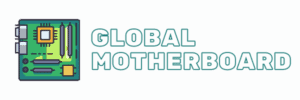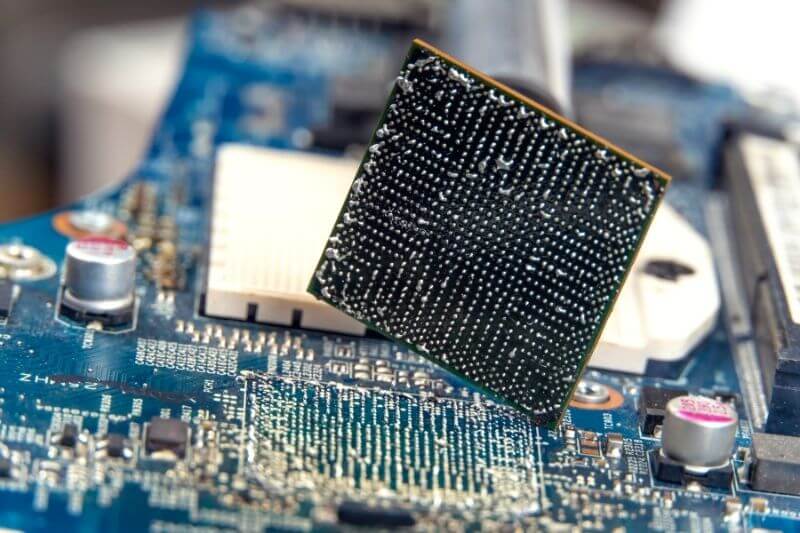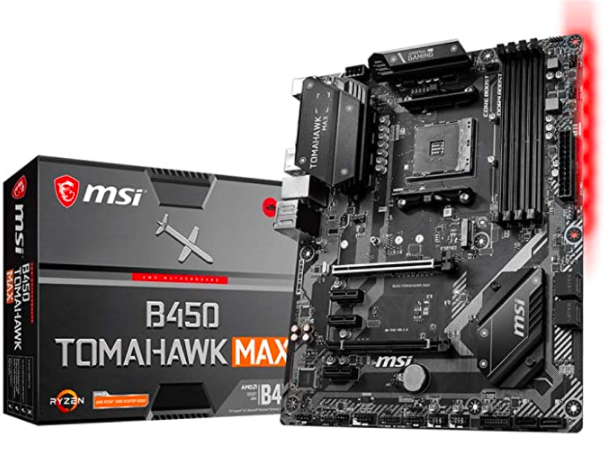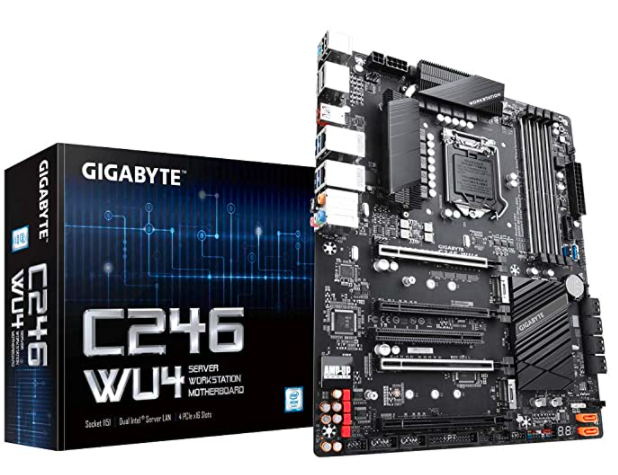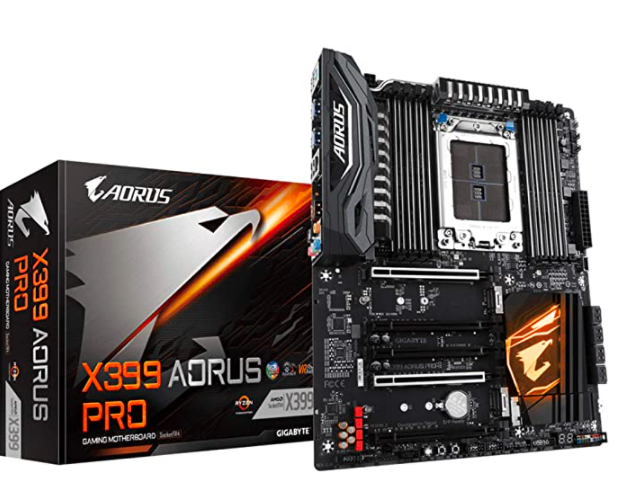Choosing the best motherboard for home servers PC does not necessarily imply buying the best motherboard available on the market, but choosing the one that best suits what you need. And since it is a very important choice, since as you know all the other components are connected to it, in this tutorial we will try to guide you so that you can choose the best motherboard depending on your needs and the rest of your hardware.
The choice of the motherboard for your next PC is not something trivial, much as in the end most of the less knowledgeable people focus only on the price, the range and the processor or memory with which it is compatible. However, if you really want to choose the best motherboard for you and not spend too much or less, then keep reading because in this article you will find everything you need to know.
Motherboards, and especially high-end ones, generally carry a huge amount of features under their arms that you may not need, and that also make it a bit difficult to understand their characteristics . You have motherboards from less than 50 dollar to more than 1,000 so the number of models to choose from will not be, so let’s see what characteristics you should look at to choose the most appropriate according to what you need.
Best Motherboards for Home Servers PC
Below we have listed some of top and best motherboards for home servers Pc which are high in performance.
How To Choose The Best Motherboard for Home Server Understanding Your Needs
We repeat the fact that we are not looking for the best motherboard on the market, but the best according to what your needs are. That said, we are going to look at the crucial factors when choosing the plate that best suits what you need.
What Budget Do You Have For The Motherboard?
As we said, prices vary a lot and will dictate the range of the motherboard. We have very basic boards for less than 50 euros to boards for 1,000 euros, designed for HEDT range processors such as Intel Core X or AMD Threadripper, so depending on what you want and your budget, this is what you are going to can find.
- Up to 100 Dollars : for this price there are motherboards that even allow overclocking for AMD processors (even some with X370 chipset), but for Intel things changes, and you will have to settle for motherboards that do not allow overclocking unless you find a good offer on Z370 boards.
- From 100 to 150 Dollars : in this range you will already find Intel Z370 motherboards, which is what you will need if you want to overclock. You can also find some higher-end AMD boards, even with X470 chipsets and “premium” features like RGB or Wi-Fi.
- From 150 to 200 Dollars : we are increasing the budget and the characteristics and powers that we will find are increasing. In this range you will find boards with better heatsinks, more VRM that improve overclocking stability, as well as better connectivity including USB 3.1 Gen. 2.
- More than 200 Dollar : here we enter the “premium” category within what would be the medium or medium / high range of systems, which is what you surely need. In this range we will already find the best motherboards on the market, with many overclocking-oriented features, great connectivity and even very aggressive aesthetics, geared toward gaming. In this category are also the HEDT boards, intended for the highest-end processors, although in this case they usually start at 300 euros.
What Processor Are You Going To Use?
When choosing a PC to build, the first component we always think of is the processor. Once you are clear about which processor to choose, logically you have to go for a motherboard that is compatible with it, and the first thing we must see is the socket, which will already reduce the candidate motherboards to a quarter.
For example, if you are going to buy a 3rd generation AMD Ryzen processor, you will need a motherboard with an AM4 socket . If, on the other hand, your choice is a ninth generation Intel Core processor, the socket you will need is an LGA1151 , and you also have to make sure that the motherboard is compatible with the processor, since both Intel and AMD have been using this socket for several generations.
In AMD this is less confusing since it uses the AM4 socket in almost all its processors, from the most basic Athlon to the Ryzen 7 3000 Series, but with Intel it is very different. In any case, if the processor you have chosen is a HEDT, the socket in the case of Intel is an LGA2066 and in the case of AMD a TR4.
| Socket | Mid / high range | HEDT |
| Intel | LGA 1151 | LGA 2066 |
| AMD | AM4 | TR4 |
What Size Motherboard Do You Need?
The size of the motherboard will pretty much determine the size of everything else, but especially the case and the amount of connectivity you carry with you. As a general rule, you will find three possible motherboard sizes (although there are more, these are the three most common; EATX-size motherboards are usually only very high-end):
- ATX : It is the most standardized size of all, and they measure 12 inches long by 9,625 wide. They have all the connectivity that you are going to need in a normal way.
- Micro-ATX : They are just as wide as the ATX, but 2.4 inches shorter. They generally have the same features but fewer PCI-Express and M.2 sockets.
- Mini-ITX : they are the smallest (they measure 6.75 x 6.75 inches), designed for mini PCs and SFF format PCs. They typically have only one PCIe socket and two RAM sockets to save space.
How Much Sonnectivity Do You Need?
It is important to know how many things you are going to want to connect to the motherboard before choosing it. For example, if you plan to have two graphics cards, automatically rule out Mini-ITX motherboards, but also take into account the number of RAM sockets, SATA ports for storage, M.2, etc …
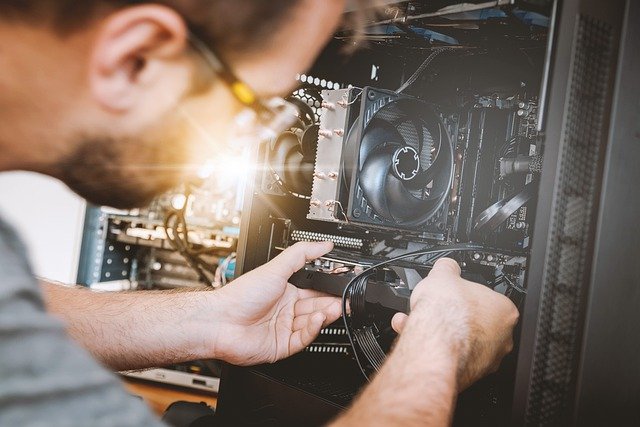
- USB 3.0 / 3.1 Gen 1: You can never have enough of these, today they are the standard for connecting any device.
- USB 2.0: deprecated, but still workable for mice and keyboards.
- USB 3.1 Gen 2 – Not many peripherals support full speed, but since it’s backward compatible it doesn’t hurt to have a handful of these either.
- USB-C: more and more devices use it, so it doesn’t hurt that the board already supports this interface.
- HDMI / DisplayPort outputs: if you are going to use a dedicated graphic, it almost doesn’t matter to you whether it has video outputs or not.
- Audio ports: important if you intend to connect 5.1 speakers, especially.
- Thunderbolt 3: You will generally only need this if you are using dedicated cards.
RAM And PCI-Express Sockets
Most motherboards on the market have four sockets for RAM, which will allow you to have a good amount of memory. Given that the most common today are 8 GB RAM modules, a 4-socket board will allow you to have 2 × 8 GB and expand in the future to double if you need it (even to quadruple using 4 16GB modules) . However, on high-end motherboards with processors that support Quad-channel memory, you will find 8 RAM sockets.
As for the PCI-Express sockets, on a normal PC you will only need an x16 for the graphics card. However, you should know that you can use them for a large number of other things, such as SATA / USB expansion cards, sound cards, PCI-Express storage and a long etcetera. The recommendation is that you do not stay short , and even if you are not going to use them in the short term, leave the door open for possible future extensions.
Which Chipset Should You Choose? Planning To Overclock?
Ultimately, the processor you choose will dictate the chipsets you have available in terms of compatibility. If you opt for the higher-end chipset for your platform (Intel or AMD) you will only have one option (X299 for Intel or X399 for AMD), but for mid-range or mid-high-end processors the options are much more.
If you plan to overclock the recommendation is that you go for a Z370 chipset in the case of Intel, or X370 / X470 in the case of AMD. If you do not plan to overclock, on the Intel side you have the options of the H370, Q370, B360 or H310 chipsets, which although they are inferior to the Z370 in reality most are newer and have almost the same faculties or even more (for example USB 3.1 Gen 2, something the Z370 chipset natively lacks).
In the case of AMD, you will have the B450, B350 and B300 chipsets that although they support overclocking, they are not the best option for it. In addition, you will lose some USB and SATA ports compared to the X370 chipsets, so in this case it would be worth paying a little more to go to a better chipset.
What About The Audio?
Unless you are an audiophile, in which case you probably have a professional-grade external sound card and preamplifier, any sound card built into modern PC motherboards will be good enough for you, and you just have to keep in mind Note that it has enough connectors in case you have a surround speaker system.
So, don’t be fooled by marketing strategies that will try to make a fantastic and wonderful sound enter your eyes, since in general they all have more or less the same audio quality.
Other Characteristics To Consider
Since motherboards are the most feature-rich hardware component, it is a bit tricky to choose. So far we have defined the ones that we consider most important and which you should look at according to your needs when choosing the best motherboard for you, but there are some “extras” that we are going to list below that it never hurts to have given Its utility.
- Power button and reset on the board itself : they always come in handy, especially if you often change hardware or like to do tests. They avoid having to have a box with their respective cables and buttons.
- Diagnostic panel : the small speaker that we connect to the motherboard comes in handy to tell us if there is an error through the famous beeps on the motherboard. But if the board has a diagnostic panel that will tell us with numbers the error that we should look for in the manual, everything will be much easier and faster. There are also many plates that when everything is correct, use this panel to show the temperature of the processor, something that is always a plus.
- Wi-Fi connectivity : if you do not have a physical network connection near the computer, it is always good that the board has its own WiFi module so that you do not have to depend on an external one.
- Dual Ethernet ports : a single Gigabit Ethernet port will give us enough bandwidth to do anything we need, but if you plan to use the PC as a home server or for video streaming, a double RG-45 Gigabit port will always is helpful.
